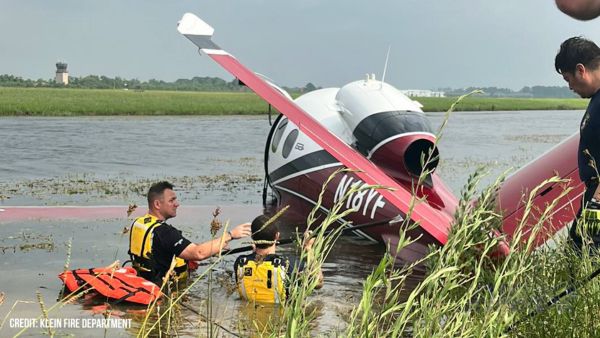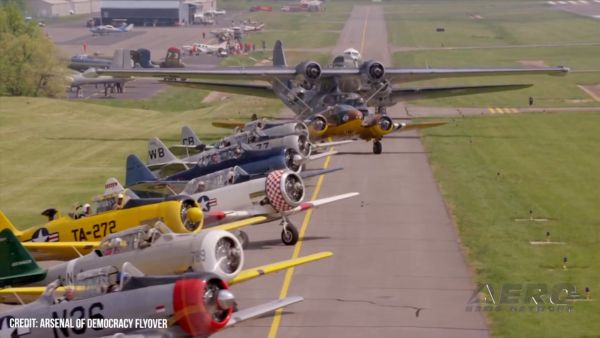Tue, Nov 21, 2023
Pilot Noted The Windsock Nearest The Airplane Indicated A Tailwind, But The Other Windsocks Farther Down The Runway Indicated A Headwind Or Crosswind
Location: Greeley, Colorado Accident Number: CEN24LA015
Date & Time: October 17, 2023, 14:30 Local Registration: N41DH
Aircraft: Dehavilland Tiger Moth DH 82A Aircraft Damage: Substantial
Defining Event: Aerodynamic stall/spin Injuries: 2 None
Flight Conducted Under: Part 91: General aviation - Personal

Analysis: The pilot and pilot-rated-passenger intended to complete a personal cross-country flight with variable wind about 6 knots at the departure airport. The pilot noted the windsock nearest the airplane indicated a tailwind, but the other windsocks farther down the runway indicated a headwind or crosswind. During takeoff, the airplane became airborne faster than expected and climbed well, so the pilot made an early right turn over airport hangars. The airplane’s upper wing slats fluttered which indicated to the pilot that the airspeed was low, then they “came out hard,” which indicated the airplane was near a stall. The pilot ensured the throttle was full forward and decreased pitch attitude to maintain airspeed but felt like the airplane “was being forced down.” Unable to maintain altitude, and with no suitable forced landing area, he maneuvered the airplane to collide with the side of a hangar and the ground, then it nosed over. The airplane
sustained substantial damage to the wings, fuselage, and empennage. The pilot reported that there were no preaccident mechanical malfunctions or failures that would have precluded normal operation.
Airport surveillance video showed the airplane at low altitude and appeared to climb until it overflew airport hangars. The airplane maintained a climb pitch attitude as it descended into the hangars.
Probable Cause and Findings: The National Transportation Safety Board determines the probable cause(s) of this accident to be -- The pilot’s decision to turn out early during the initial climb and failure to maintain adequate airspeed/angle-of-attack, which resulted in an aerodynamic stall and impact with airport hangars. Contributing to the accident was the variable wind conditions above the hangars and the pilot’s lack of awareness of those conditions.
More News
“Warbirds in Review features veterans, aviation legends, and aircraft that simply cannot be seen together in one place anywhere else in the world. Many of these veterans main>[...]
Also: VAI v Anti-Heli Actions, Electric Aircraft Symposium, 2024 FAA Drone/AAM Symposium, Gravitymaster Blue Origin's seventh passenger flight ended with a smidgeon of drama when o>[...]
“The importance of this YF-16 paint scheme is celebrating 50 years of the F-16 Viper. Everyone at Edwards has a big sense of pride for not only supporting the Viper Demo Team>[...]
Aero Linx: National Aeronca Association We are dedicated to supporting the design and preserving the history of Aeronca aircraft. Founded by Jim Thompson and fostered by his leader>[...]
Klyde Sounds Like He's Defining An 'Influencer' FMI: www.klydemorris.com>[...]
 Aero-News: Quote of the Day (05.25.24)
Aero-News: Quote of the Day (05.25.24) Airborne 05.22.24: NS-25 Chute Failure, #HonorTheWASP, SkyCourier 'Combi'
Airborne 05.22.24: NS-25 Chute Failure, #HonorTheWASP, SkyCourier 'Combi' Aero-News: Quote of the Day (05.26.24)
Aero-News: Quote of the Day (05.26.24) ANN's Daily Aero-Linx (05.26.24)
ANN's Daily Aero-Linx (05.26.24) Klyde Morris (05.24.24)
Klyde Morris (05.24.24)



